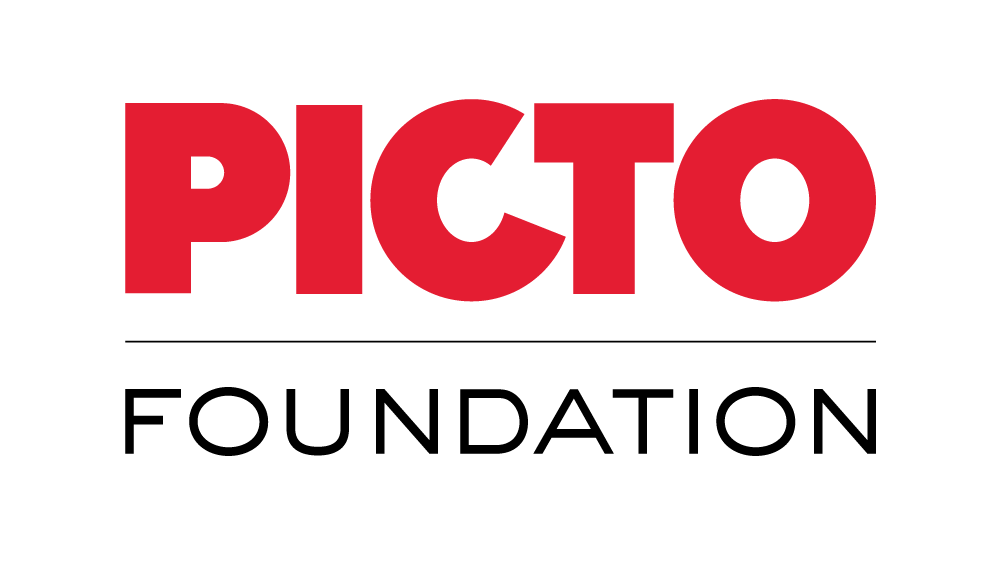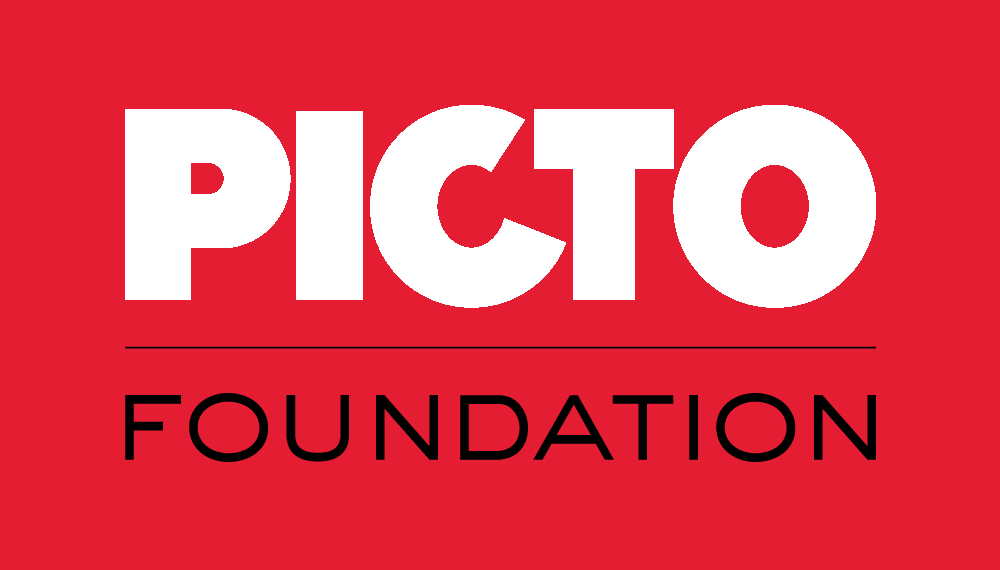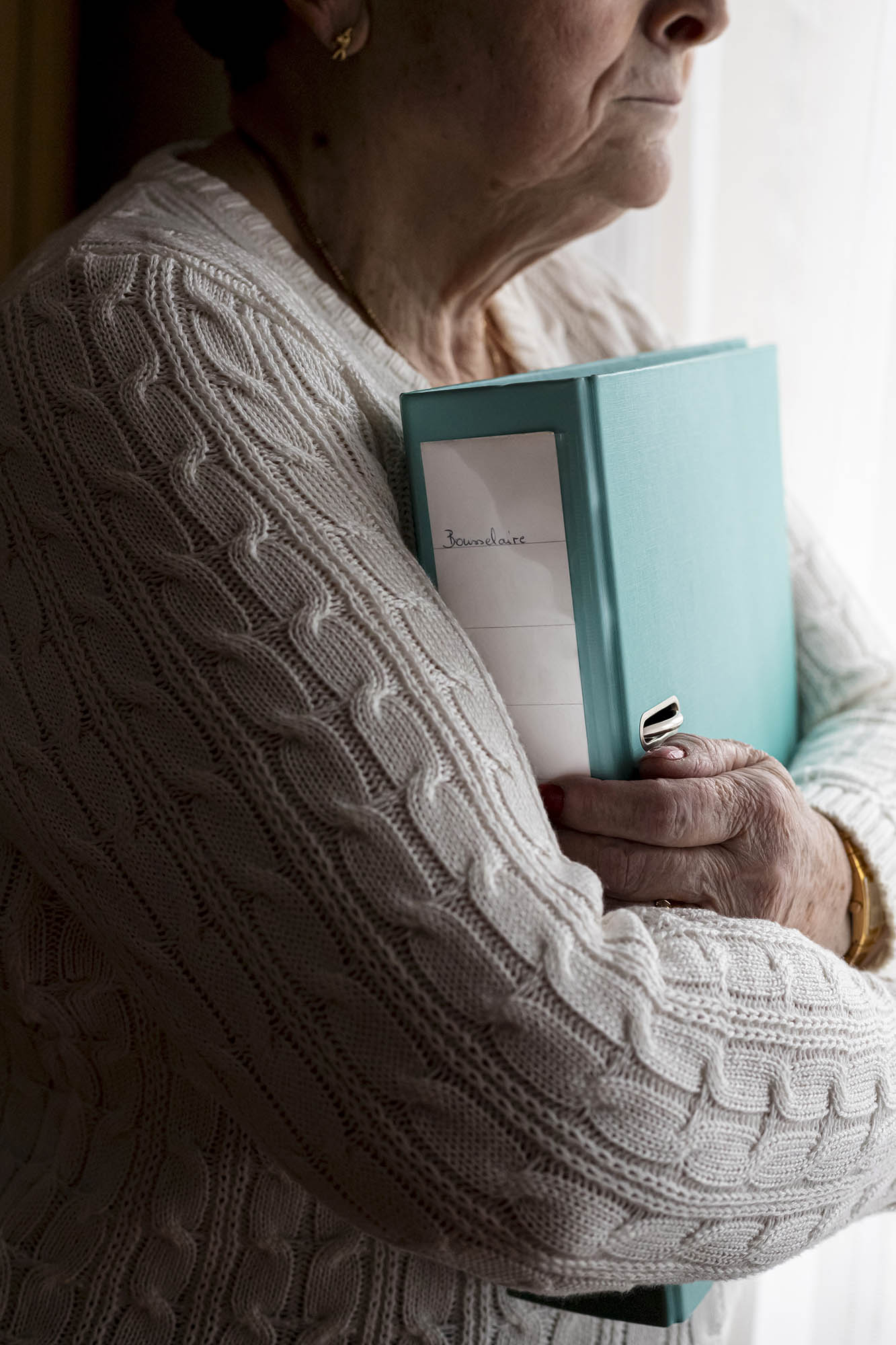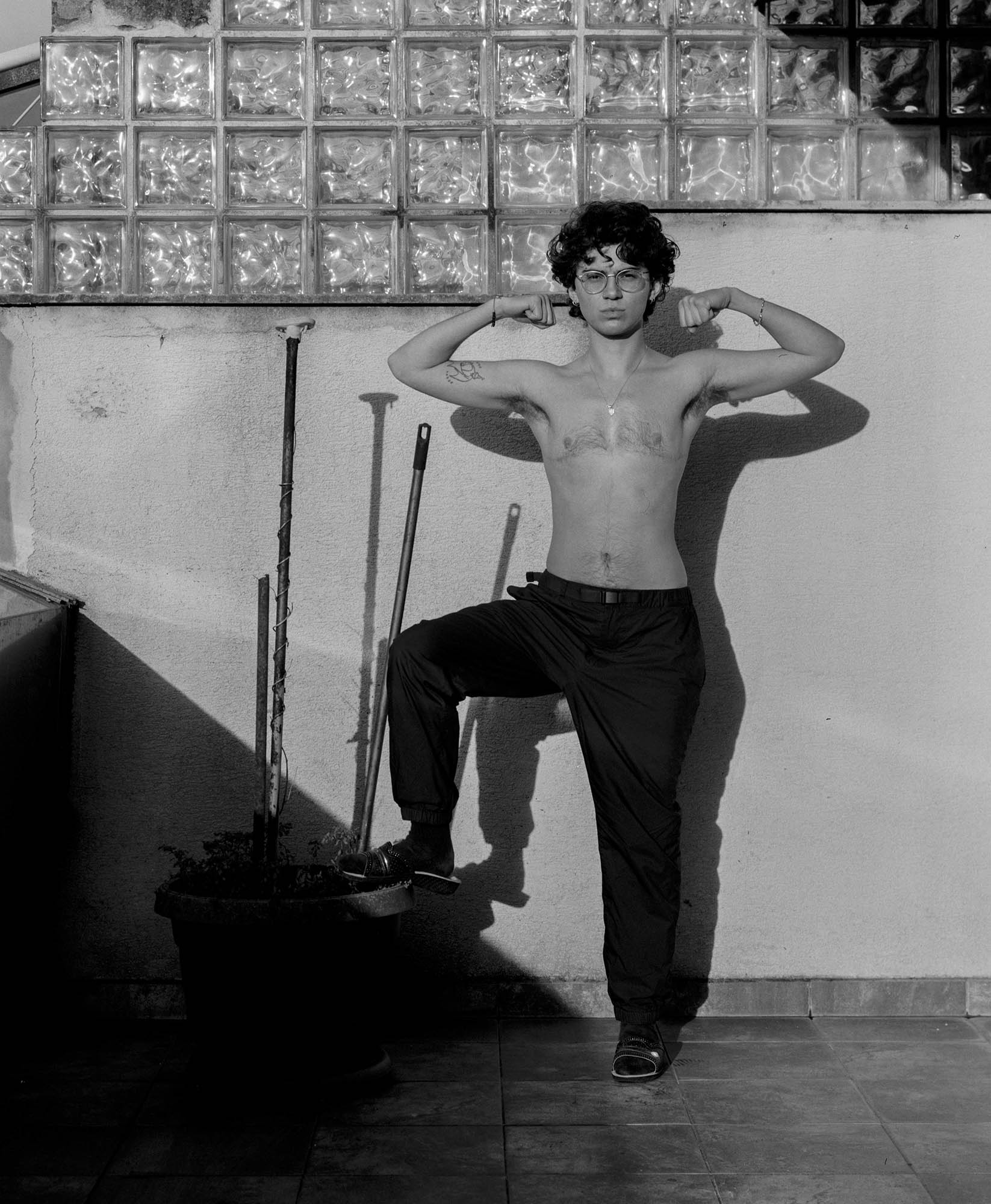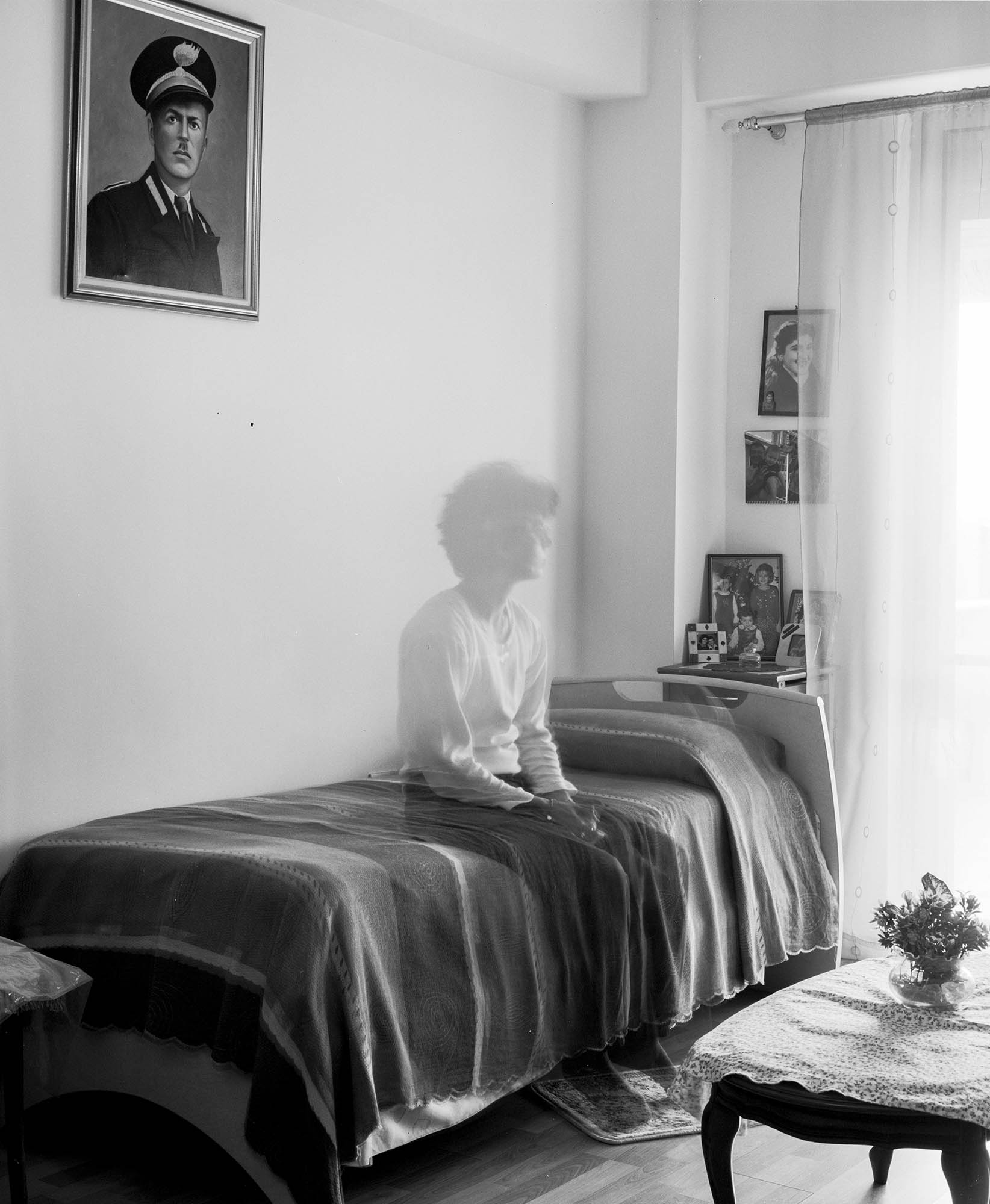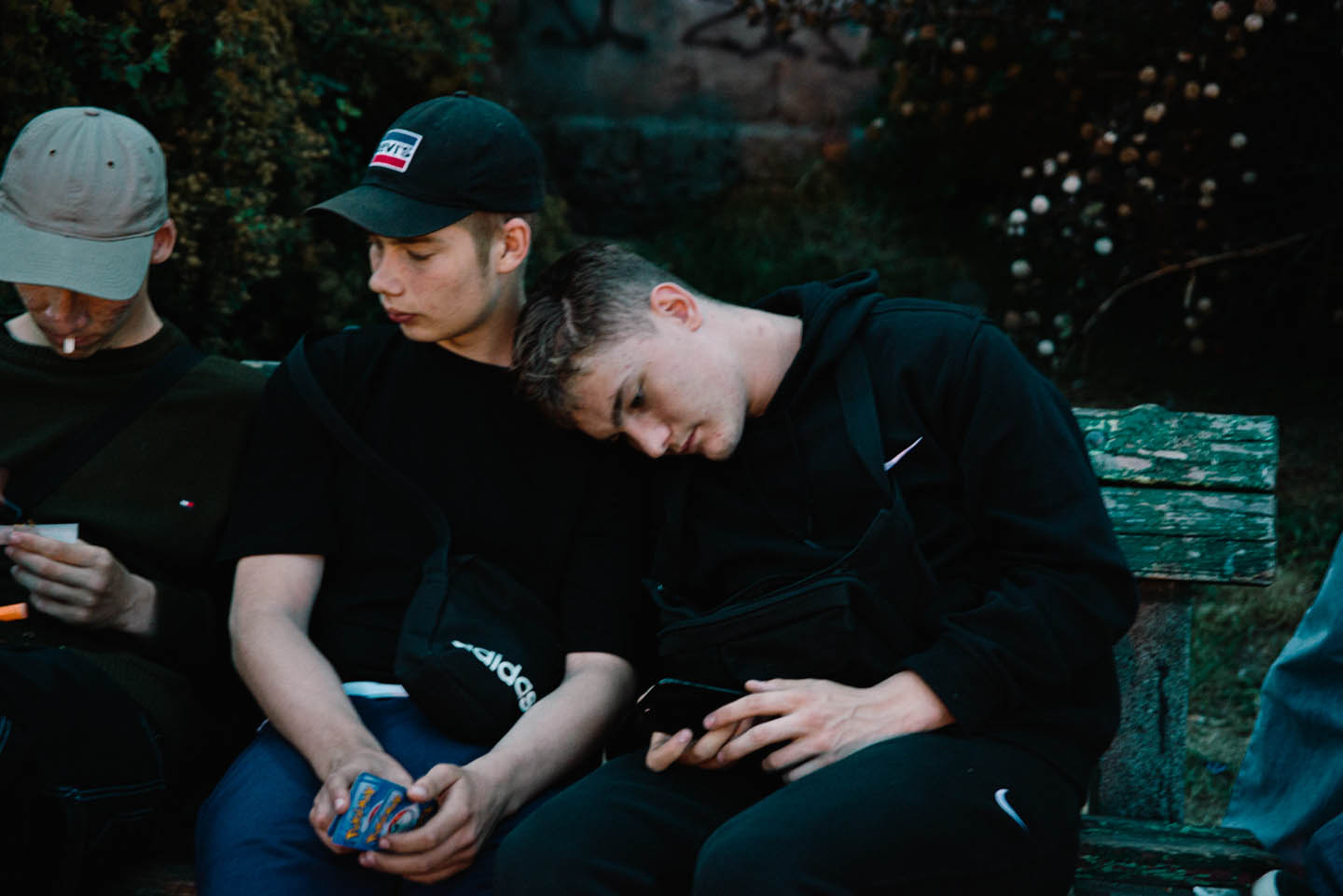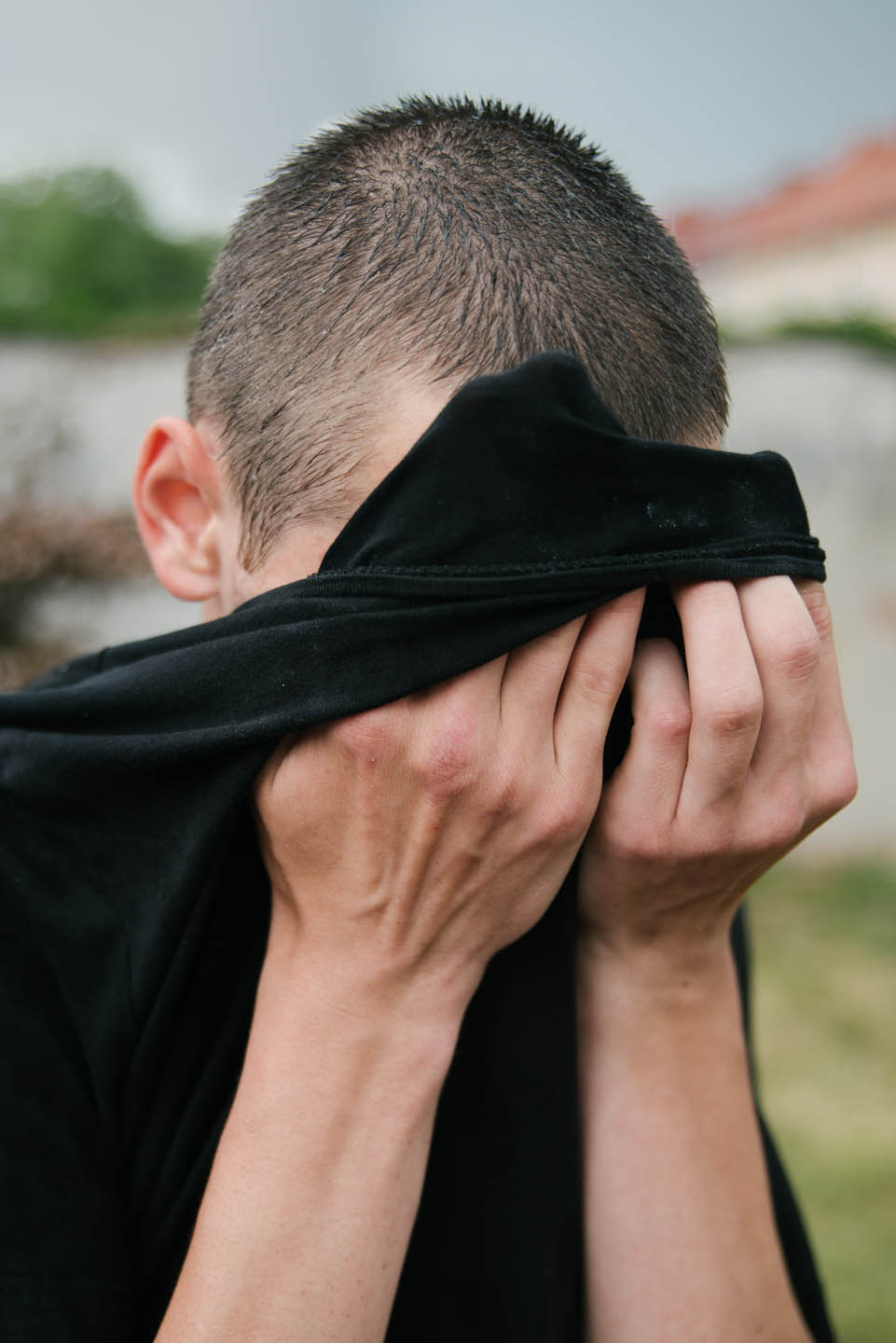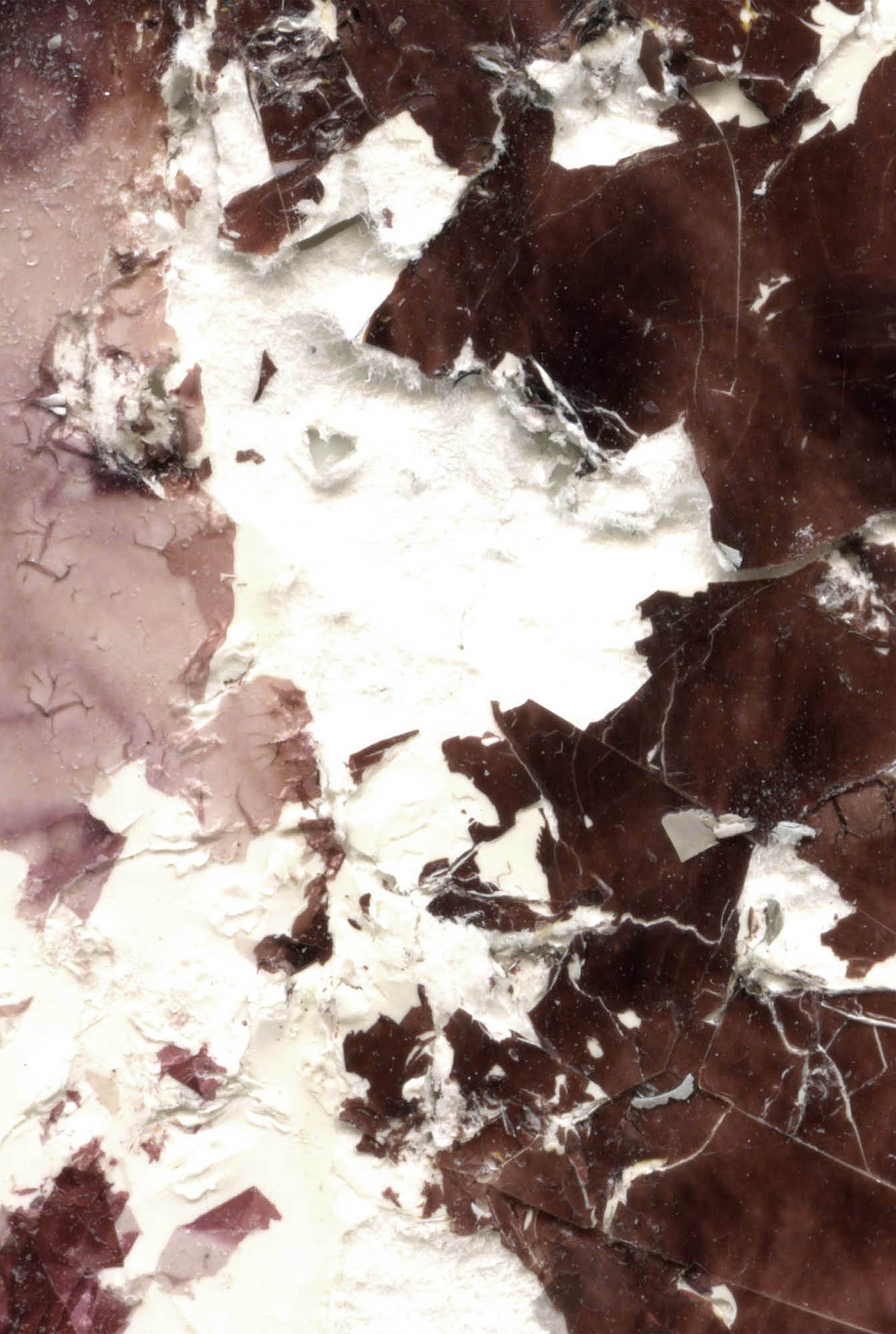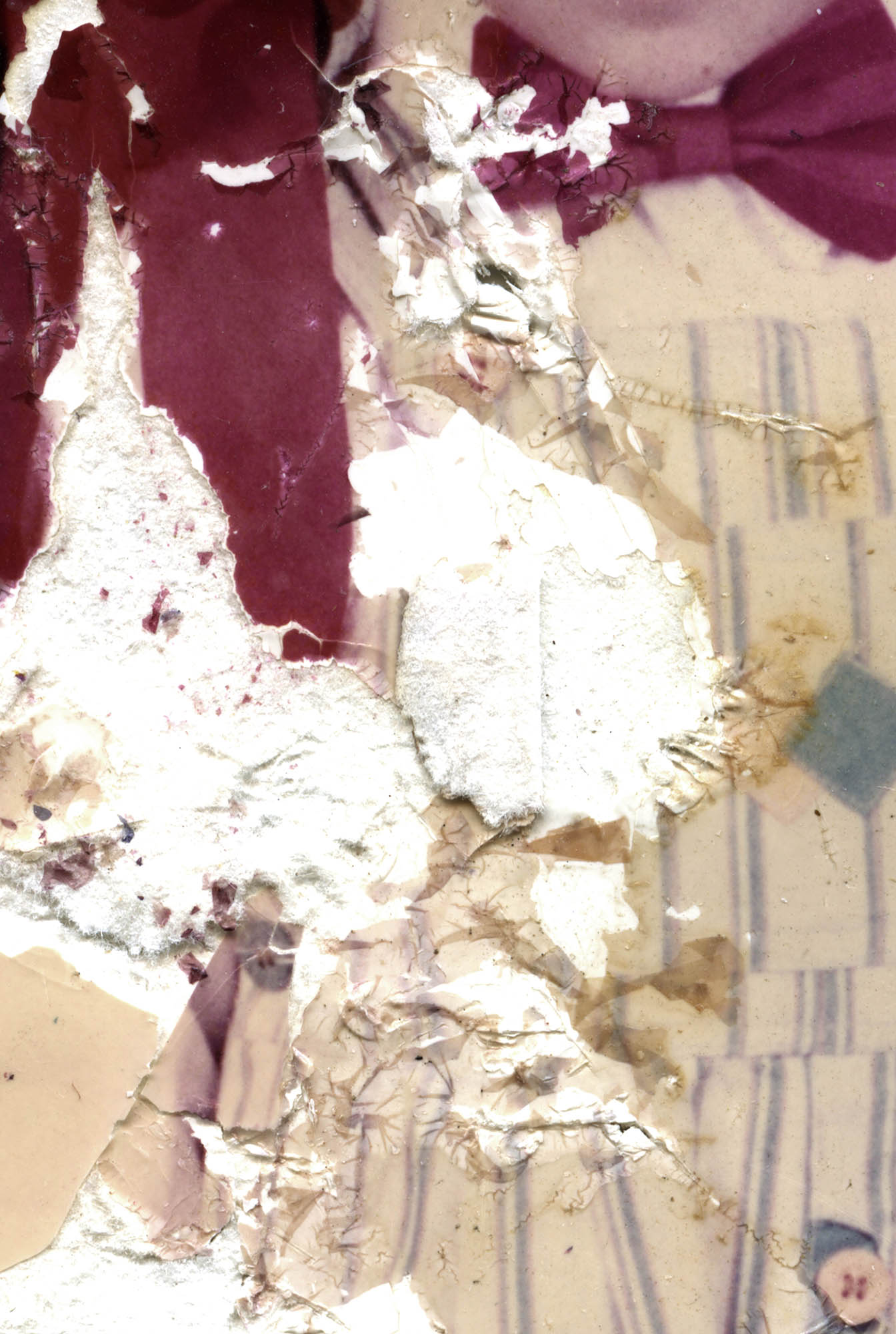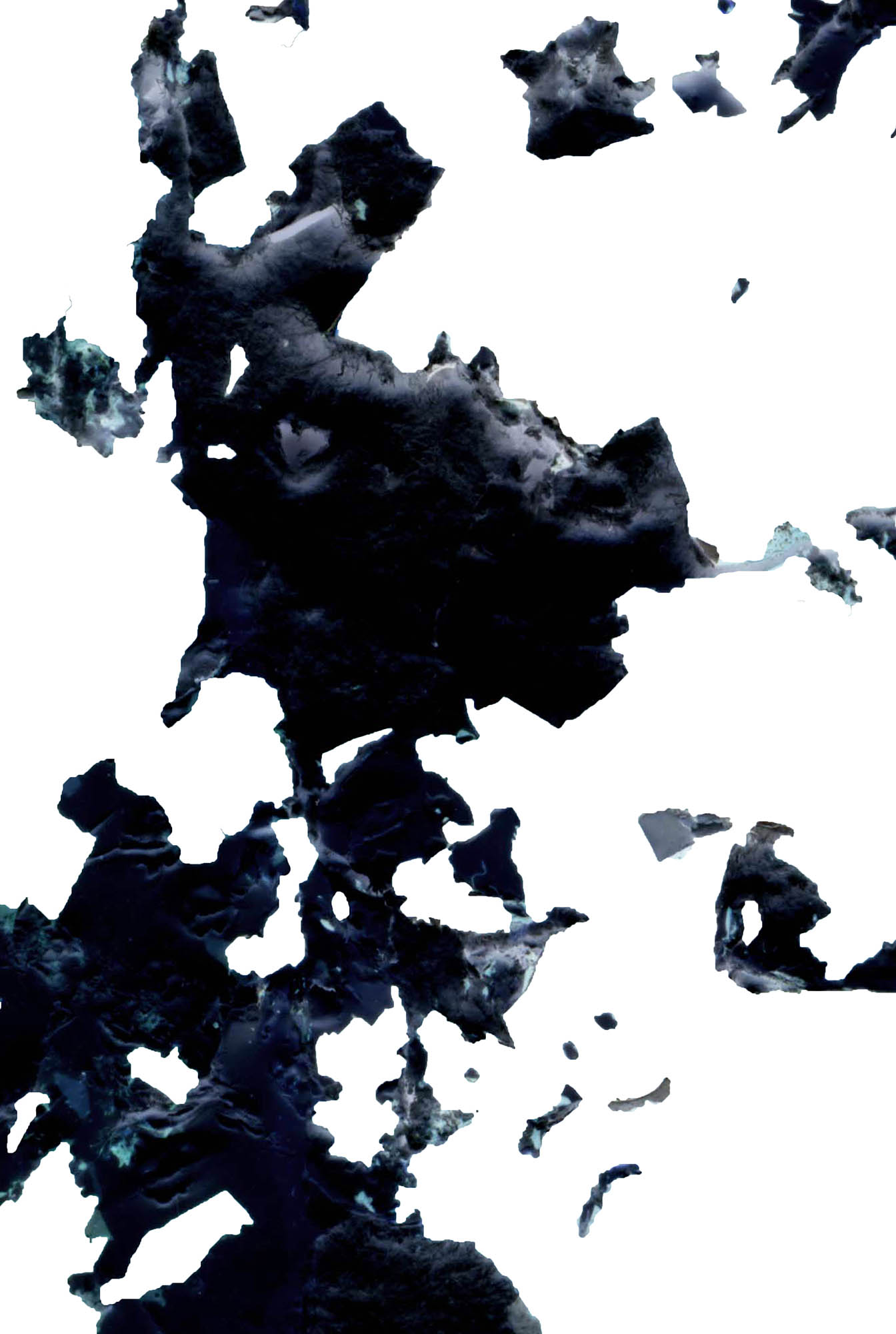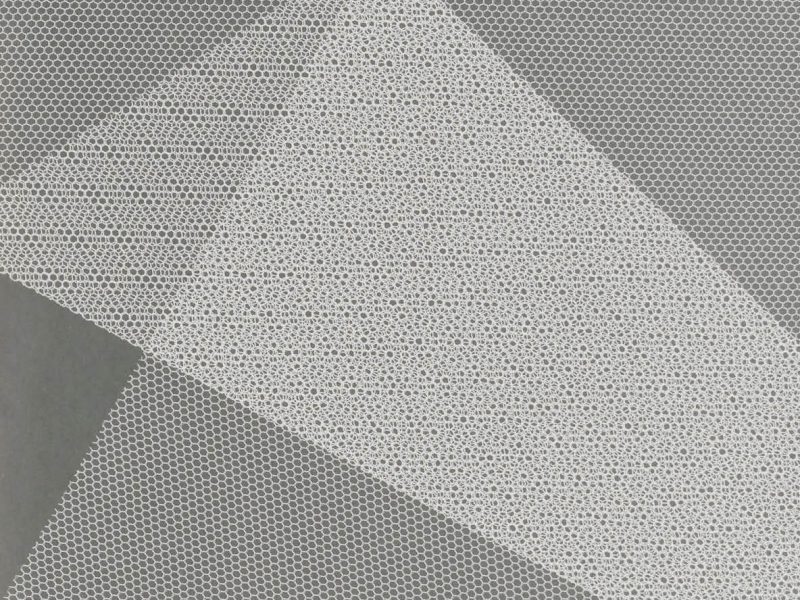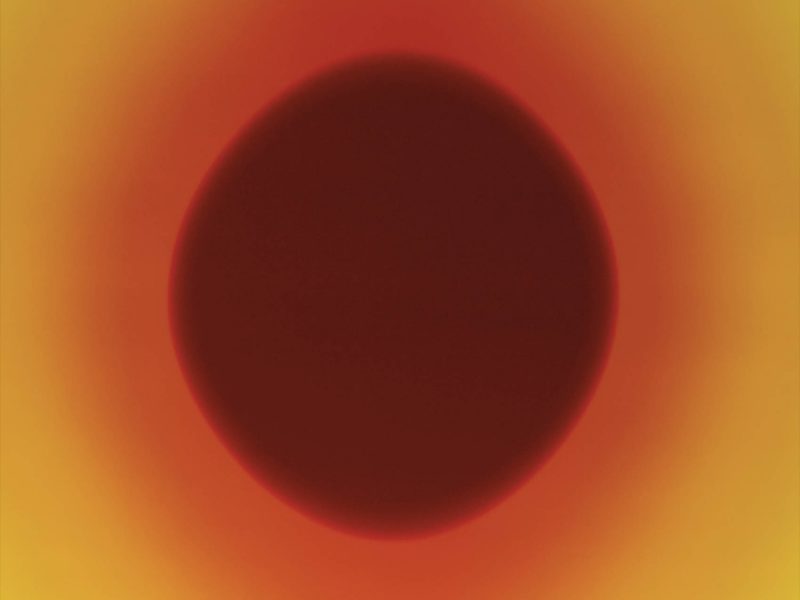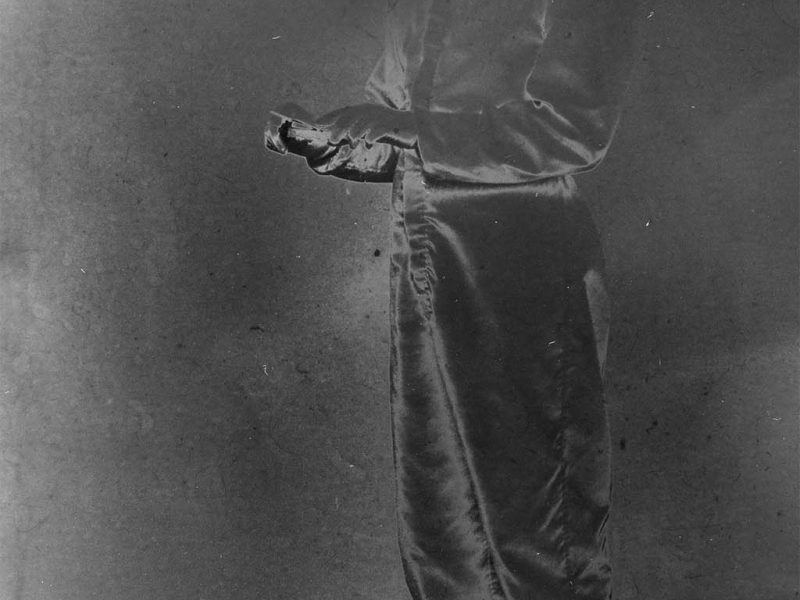For its latest edition, Carte Blanche Students is supporting 4 students from European photography and visual arts schools. As in previous years, the diversity of entries from all over Europe testifies to the vitality of emerging photography. Whether it’s expressing a engagement, revisiting aesthetics or documenting social and human realities, the new forms of photography we’re showcasing this year promise to be exciting discoveries and fruitful encounters.
This program, organized jointly by Paris Photo, Picto Foundation and SNCF Gares & Connexions, offers the winners the opportunity to exhibit their work on the forecourt of Paris Gare de Lyon From 5 November to 15 December and to present their portfolios at Paris Photo at the Grand Palais Éphémère from 9 to 12 November 2023.
Aurélie Nydegger (HEAD – University of Art and Design – SWITZERLAND)
Marcel(le)
“While the majority of the entries shared a common interest in subjects related to identity and immigration, they differed in their photographic approaches. Florian Gatzweiler & Sascha Levin deal with the issue of wartime displacement through the form of reportage, while Raisan Hameed examines it at a conceptual level, and through vernacular archives. Or Aurélie Nydegger, who investigates official archives in order to understand a stigmatised family history”. Hannah Darabi, Artist Photographer
“My paternal grandmother, Micheline, named Marcelle at birth, was born during the bombing raids in Paris in 1944. She spent the first year of her life in an institution before her mother fled with her to Switzerland. Over dinner, my grandmother told me that for years she had been trying to find out who her father was, to no avail. Her intention was to find a photo of him, to project a face onto his. The only information she had was a first and last name: Marcel Bousselaire. My mother would never tell her anything more. So I investigated. First on the Net, then in Parisian institutions. One thing led to another, and the story of this enigmatic Bousselaire began to take shape:
“Madam, by your request in the virtual inventory room recorded on 20 January 2020, you informed the National Archives of your research into your great-grandfather: Marcel Armand Bousselaire, born on 13 October 1901 in Couture-Boussey, executed in Montrouge in 1947 for having been in the Gestapo during the Second World War. Marcel Bousselaire was one of the French auxiliaries of the German Gestapo in the rue des Saussaies in Paris. He was sentenced to death, national degradation and confiscation of his property by a decision of the Seine Court of Justice on 6 March 1947. His appeal was rejected on 28 March 1947 and he was executed on 14 August 1947. The investigation file concerning him and 14 co-defendants is held by the Archives nationales under numbers Z/6/347 and 348, file no.. 3699.”
Marcel(le) is characterised by the absence of the father figure; by an idea of waiting, of confinement, of a missing image. Exhibiting this work in Paris would be a great opportunity to reactivate this family past in its rightful place; to exhume a memory that is both individual and national”.
Swiss-born documentary photographer and visual artist Aurélie Giovannoni, whose real name is Aurélie Nydegger, graduated from the CEPV in Vevey with a degree in visual communication, specialising in photography. She is currently studying Visual Arts at HEAD in Geneva, where she is exploring the field of fiction. In 2021, she will complete her studies with the Champ du Repos project, which recounts the memories of her family during the Second World War. She continued her research with the Marcel(le) project, characterised by recurring family patterns and the absence of the father figure.
Kairo Urovi (University of The Arts London – UNITED KINGDOM)
Light are the wounds heavy is the wind
Light Are the Wounds Heavy Is the Wind is a work that explores my journey back to my country of origin, Albania, and the challenges I faced as a gay and transgender person in that country.
Last December, I travelled to my family’s hometown, Shkoder. Here I struggled with the dichotomy of language. Language is a way of making yourself known, of distinguishing black from white, of forming an identity that determines who you are and how others recognise you. In the UK, my name is Kairo and my pronouns are he/they. In Albania, I have a sharp tongue: language becomes a minefield that I cross carefully, all my senses alert, with no room for error. Fear overwhelmed me and I retreated into a language I’d long since forgotten. For a month, I don’t hear my name spoken out loud.
The split reality between the people who perceive me as the ‘old’ me and the identity I have struggled so hard to embody and maintain is reflected in this body of work. I wallow in my own suffering and have no choice but to find my voice through another medium: image-making. Here I am safe. Here I can talk about the pain while gathering the courage to find myself again. Thanks to this work, I understand that belonging becomes a thread I carry within me rather than the physical spaces I inhabit.
Light Are the Wounds Heavy Is the Wind is the result of this journey. In its depths, the complex emotions of displacement, loneliness and isolation that come with being perceived as a daughter, niece and granddaughter take centre stage. In this context, the camera shutter transcends its role as a mere instrument and becomes a source of empowerment, capturing the bittersweet nostalgia and yearning for my own visibility. This body of work is my way of saying that I am here. Not in spite of grief, silence, the absence of words and dead names, but because of them. It’s my story about grief as much as it is about the search for love in that grief. For everything I couldn’t say in words, I found a way to say in photographs.
London-based artist Kairo Urovi explores the concepts of identity, belonging and family diaspora in her work. With a BA in Photography from the London College of Communication, Kairo’s artistic approach is community-based. His work has been exhibited in various London galleries, including Autograph ABP, RichMix and Free Range. Transgender himself, Kairo is interested in creating a new queer archive and cultivating a supportive network of visual artists who challenge the often prejudicial narratives propagated by the media
Florian Gatzweiler & Sascha Levin (École de photographie Ostkreuz – Allemagne)
Zwirki
“In our series of photos, we accompanied young Ukrainians who are currently living in the small Polish town of Slubice because of the war. Every day, around midday, the somewhat dilapidated basketball court near the town centre fills up with the same faces. Someone takes a Bluetooth box out of their pocket, cigarettes are smoked and cheap sodas are drunk. While the same basketball matches are taking place in the background, despite the relaxed atmosphere, the worries and fears of the young people are constant. There’s a strong desire to escape these thoughts, and friendships are one of the few distractions. Caught in this state of flux, they try to support each other and forget for a brief moment. After all, they all have one thing in common: there is a war going on in their country.”
“As a former photojournalist, I was particularly taken by the series presented by Florian Gatzweiler and Sascha Levin on Ukrainian youth uprooted in Poland: a series of poignant images that portray the expectation, idleness and disillusionment of a generation shattered by war”. Romain Degoul, Director of Galerie Paris-Beijing
Florian Gatzweiler (b. 1998) has always had a deep interest in the arts, particularly in observing things. Initially drawn to the theatre, Florian eventually discovered his passion for photography, which prompted him to undertake studies in this field in 2020.
Sascha Levin (b. 2000) naturally developed an interest in photography, inspired by his father’s profession as a cameraman. While working as a social worker, Sascha also realised the power of photography as a tool for giving a voice to important issues. So he began studying photography and, from 2021, also social work.
Raisan Hameed (Academy of Fine Arts Leipzig – GERMANY)
Zer-Störung
“Zer-Störung” tells the story of different periods in Mosul, the artist’s home town. The starting point for the project was photographic material from Hameed’s family archives and his own photographs taken in Mosul. Carrying memories, these images have visible and invisible layers, an observation already expressed in the title. As a play on words, the English translation of ‘Zerstörung’ is ‘destruction’, describing the brutal damage that man inflicts on the world, his environment and other people. “Störung”, on the other hand, translates as “irritation”, a term that Hameed associates with the impermanence of things. The artist uses abstraction as a strategy to break down the original function of images, changing the way they are read.
By focusing on the materiality of the images in Zer-Störung, the observations and their political contexts are transformed. They become a metaphorical documentation of the past, present and future. The process opens doors, negotiates, reflects and exchanges.
Raisan Hameed is a visual artist who was born in Iraq in 1991 and now lives in Leipzig. He graduated in Fine Arts in 2022 and is currently pursuing a Master’s degree at the Academy of Fine Arts. In his work, Hameed deals with different dimensions of truth. While he focuses on the visibility of the interior, he simultaneously identifies with the result. He is often the subject of his images, treating his experiences metaphorically through play and experimentation. Hameed’s work has been exhibited in Rotterdam, Berlin, Dresden, Bonn, Leipzig, Rome, Palermo and Sharjah
